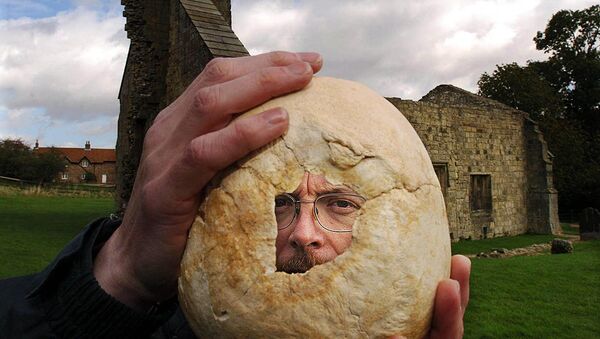The remains were mixed together and buried in three overlapping pits, away from a village church and graveyard. Given the nature of the mutilation and the unconventional burial location, the researchers wondered if the skeletons were outsiders. However, analysis of dental enamel traces showed that the individuals were local to the area.
Simon Mays, a research scientist working at Fort Cumberland, undertook the work on Wharram Percy. @HistoricEngland https://t.co/Rtq0CEuF6x pic.twitter.com/j7dOtphh9b
— Paul Backhouse (@plrybk) 3 апреля 2017 г.
According to the scientists, two main ideas have been proposed to account for the remains: cannibalism and attempts to combat the threat of revenant corpses.
"The evidence does not permit arguments to be advanced decisively in favor of either scenario, but it may be more consistent with attempts to lay revenant corpses than with starvation cannibalism," the researchers wrote in their paper published in the Journal of Archaeological Science Reports.
If these people were victims of cannibals, there would have been more knife marks on the bones concentrated around the muscle attachments and large joints; however, the archaeologists only found cuts in the area of the head and neck.
Mutilation, burning and deliberate breaking of bones after death are likely to represent efforts to destroy the integrity of the corpse, according to the scientists.
"The idea that the Wharram Percy bones are the remains of corpses burnt and dismembered to stop them walking from their graves seems to fit the evidence best," said Simon Mays, the leading author of the research and the human skeletal biologist at Historic England. "It shows us a dark side of medieval beliefs and provides a graphic reminder of how different the medieval view of the world was from our own."




